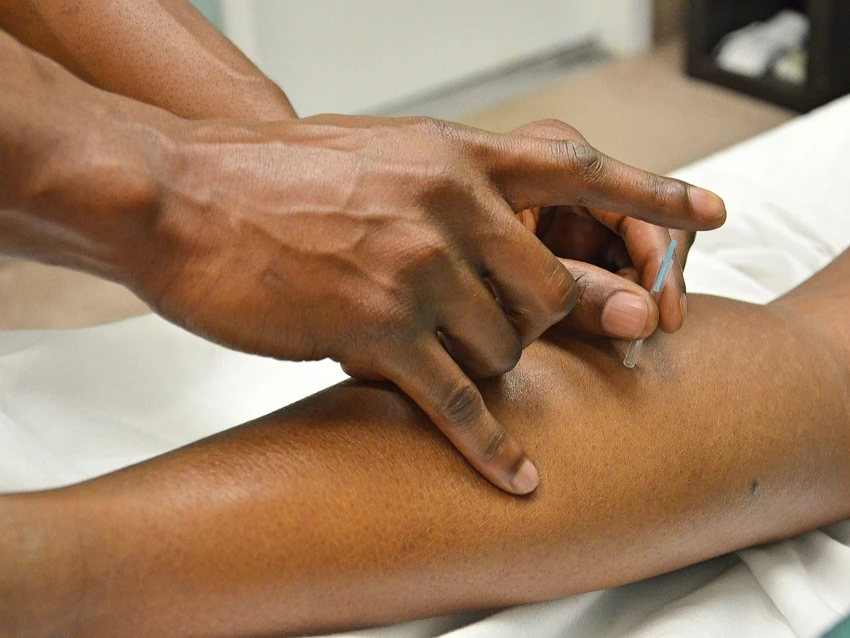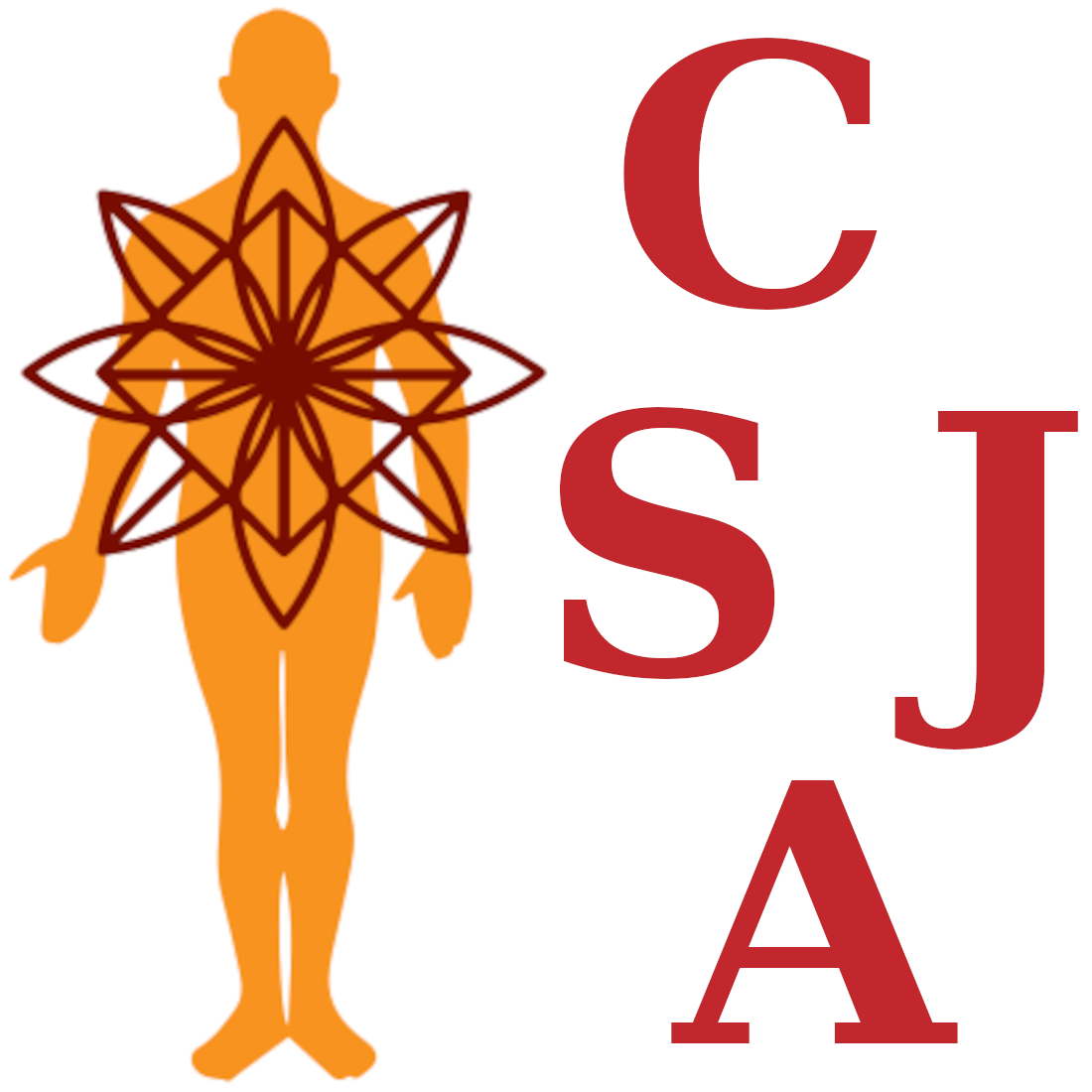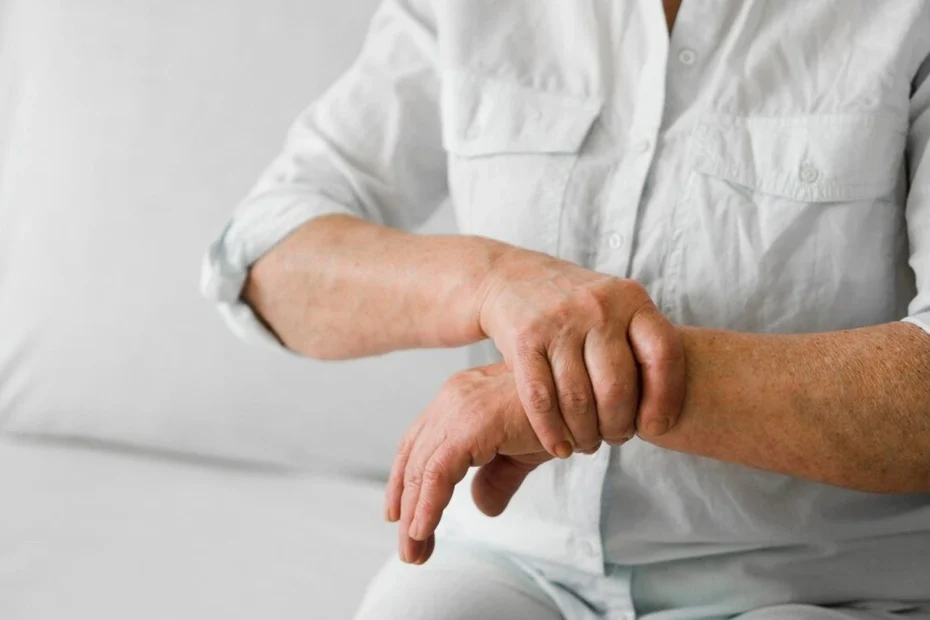Arthritis, a condition characterized by inflammation and pain in the joints, affects millions of people worldwide. This chronic illness can significantly impair daily activities and quality of life. Acupuncture offers a integrative and holistic healthcare approach to managing arthritis symptoms. This article explores the benefits of acupuncture for arthritis, supported by scientific evidence and patient experiences.
Understanding Arthritis
Arthritis encompasses various conditions, with osteoarthritis and rheumatoid arthritis being the most common types. Osteoarthritis results from the wear and tear of joint cartilage, leading to pain and stiffness. Rheumatoid arthritis is an autoimmune disorder where the immune system attacks the joints, causing inflammation and deformity. Both types of arthritis present challenges such as chronic pain, reduced mobility, and difficulty performing everyday tasks.
Osteoarthritis vs. Rheumatoid Arthritis
Osteoarthritis (OA) and rheumatoid arthritis (RA) are the two most prevalent forms of arthritis, but they differ significantly in their causes, symptoms, and progression. Osteoarthritis is primarily a degenerative joint disease caused by the breakdown of cartilage, the protective tissue at the ends of bones. This wear and tear often result from aging, repetitive joint use, or injury. Symptoms of OA include joint pain, stiffness, and decreased flexibility, usually affecting weight-bearing joints like the knees, hips, and spine.
In contrast, rheumatoid arthritis is an autoimmune condition where the immune system mistakenly attacks the synovium—the lining of the membranes that surround the joints. This results in inflammation, which can lead to joint damage, pain, and swelling. RA tends to affect smaller joints first, such as those in the hands and feet, and can lead to systemic symptoms like fatigue and fever. Unlike OA, RA can affect multiple joints simultaneously and symmetrically.
How Acupuncture Works
Acupuncture involves inserting thin needles into specific points on the body to stimulate healing and pain relief. According to TCM, acupuncture restores the balance of Qi (vital energy) along pathways called meridians.
Modern scientific theories suggest that acupuncture works by stimulating the nervous system, increasing blood flow, and triggering the release of natural painkillers like endorphins. It may also reduce inflammation by modulating immune responses. When a needle pierces the skin, it creates a microtrauma that triggers a localized immune response. This small injury stimulates the body’s natural healing processes, including the release of cytokines and other immune mediators. Additionally, the insertion of needles increases blood flow to the affected area, enhancing the delivery of oxygen, nutrients, and immune cells to the site. This heightened circulation and immune activity help reduce inflammation and promote tissue repair, contributing to the therapeutic benefits of acupuncture. You can read more about this in our previous article on how does acupuncture work.


Evidence-Based Benefits of Acupuncture for Arthritis
Numerous studies have demonstrated acupuncture’s effectiveness in reducing arthritis pain. For instance, a meta-analysis published in the Journal of Pain found significant pain relief in patients with osteoarthritis and rheumatoid arthritis1. Acupuncture can help improve joint function and enhance mobility, allowing patients to perform daily activities with less difficulty. Research published in the BMJ highlighted that patients receiving acupuncture showed better functional outcomes compared to those receiving standard care2. Acupuncture’s anti-inflammatory effects have been supported by various studies. By alleviating pain and improving function, acupuncture contributes to an enhanced quality of life for arthritis patients. Many individuals report feeling more energetic and less stressed after acupuncture sessions.
Scientific Studies and Research
Acupuncture has been the subject of extensive research, particularly in the context of arthritis. Notable studies include:
- A study in the Annals of Internal Medicine found that acupuncture significantly improved pain and function in knee osteoarthritis patients compared to sham acupuncture.3
- The Cochrane Database of Systematic Reviews analyzed multiple trials and concluded that acupuncture provides better pain relief and physical function improvements than no treatment for osteoarthritis4.
Acupuncture Techniques for Arthritis
Common acupuncture points for arthritis include those around the affected joints and distal points on the body. Techniques such as electroacupuncture, where electrical stimulation is applied to the needles, can enhance the effects. Moxibustion, the burning of mugwort near the skin, is sometimes used to warm the needles and increase blood flow. Typically, patients undergo several sessions over weeks or months to achieve optimal results.
Integrating Acupuncture with Conventional Treatments
Acupuncture can be provided alongside traditional arthritis treatments like medications and physical therapy. Combining acupuncture with conventional methods may enhance pain relief, reduce medication use, and improve overall treatment outcomes. Patients should consult their healthcare providers to tailor a comprehensive treatment plan that includes acupuncture.
Safety and Side Effects
Acupuncture is safe when performed by qualified practitioners. Common side effects include minor bruising and soreness at needle sites. It’s important for patients to choose licensed acupuncturists to ensure safe and effective treatment. Certain conditions, such as bleeding disorders or pregnancy, may require special precautions.
Acupuncture offers a valuable approach to providing pain relief, improving joint function, and enhancing quality of life for patients suffering from this condition. As research continues to support its benefits, acupuncture is becoming an increasingly popular option for arthritis patients. Those considering acupuncture should discuss it with their healthcare providers to integrate it into a holistic treatment plan.
References
- Vickers, A. J.Vickers, A. J., Cronin, A. M., Maschino, A. C., Lewith, G., MacPherson, H., Foster, N. E., Sherman, K. J., Witt, C. M., & Linde, K. (Acupuncture Trialists’ Collaboration. (2012). Acupuncture for Chronic Pain: Individual Patient Data Meta-analysis. Journal of Pain, 13(12), 1261-1270. Retrieved May 22nd, 2022 from https://pubmed.ncbi.nlm.nih.gov/22965186/ ↩︎
- Corbett, M. S., et al. (2013). Acupuncture and Other Physical Treatments for the Relief of Pain Due to Osteoarthritis of the Knee: Network Meta-analysis. BMJ, 346, f555. Retrieved May 22nd, 2024 from https://pubmed.ncbi.nlm.nih.gov/23973143/ ↩︎
- Berman, B. M., et al. (2004). Effectiveness of Acupuncture as Adjunctive Therapy in Osteoarthritis of the Knee: A Randomized, Controlled Trial. Annals of Internal Medicine, 141(12), 901-910. Retrieved May 22nd, 2024 from https://pubmed.ncbi.nlm.nih.gov/15611487/ ↩︎
- Manheimer, E., et al. (2007). Acupuncture for Peripheral Joint Osteoarthritis. Cochrane Database of Systematic Reviews. Retrieved May 22nd, 2024 from https://pubmed.ncbi.nlm.nih.gov/20091527/ ↩︎


At CSJAcupuncture.com, we’re dedicated to empowering you with knowledge that promotes holistic well-being. Explore our educational resources based on clinical experience, science, and best integrative medicine practices. Embark on a journey toward a healthier, balanced life!
